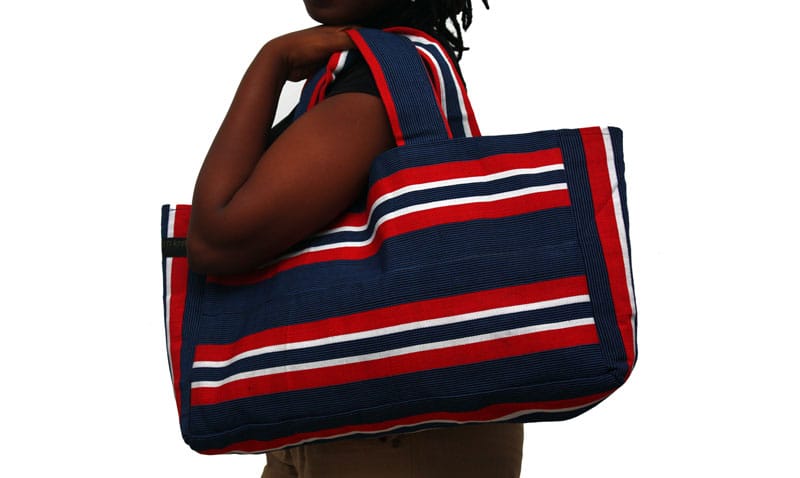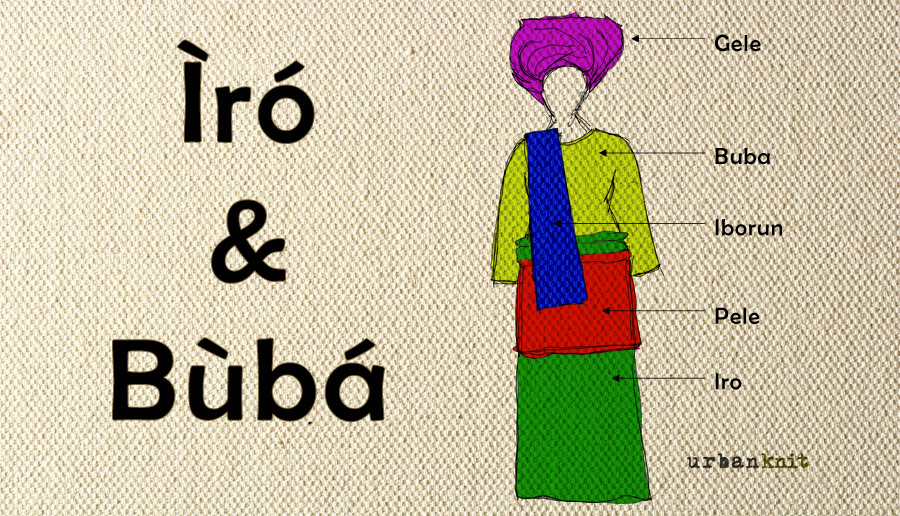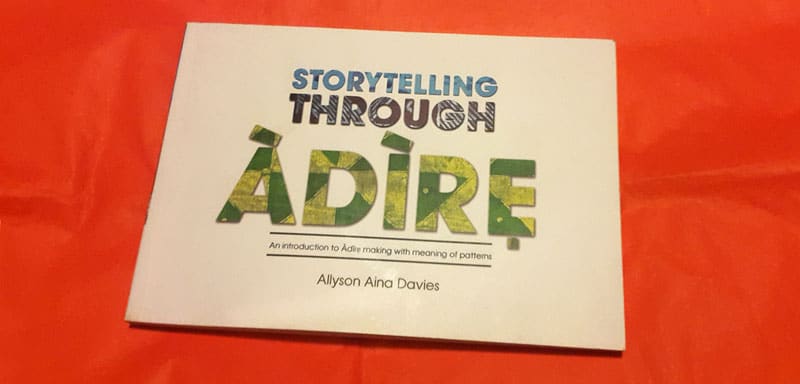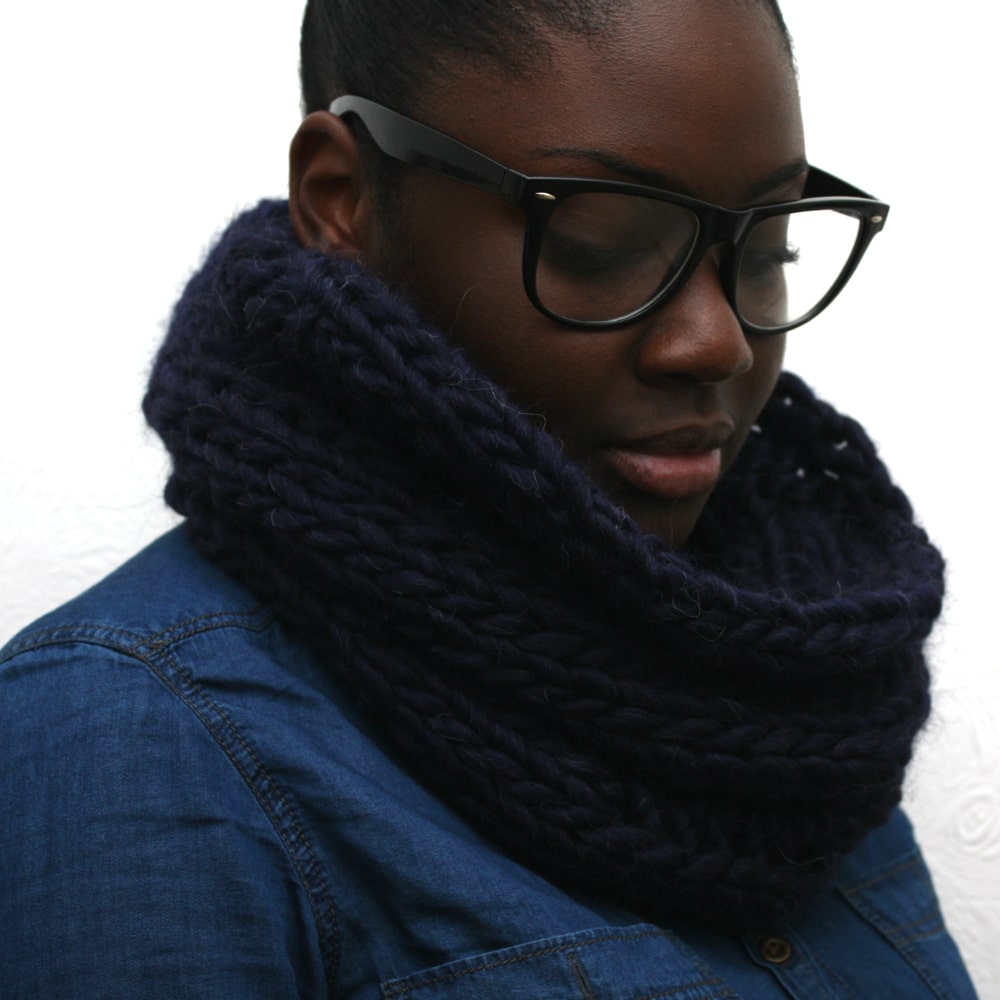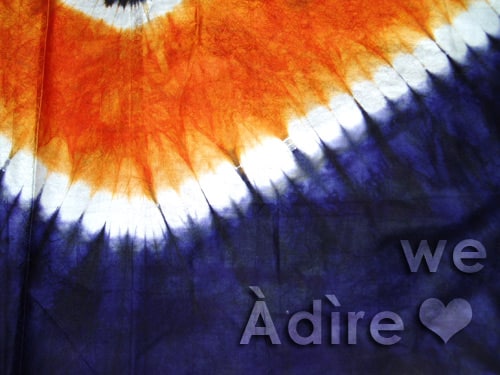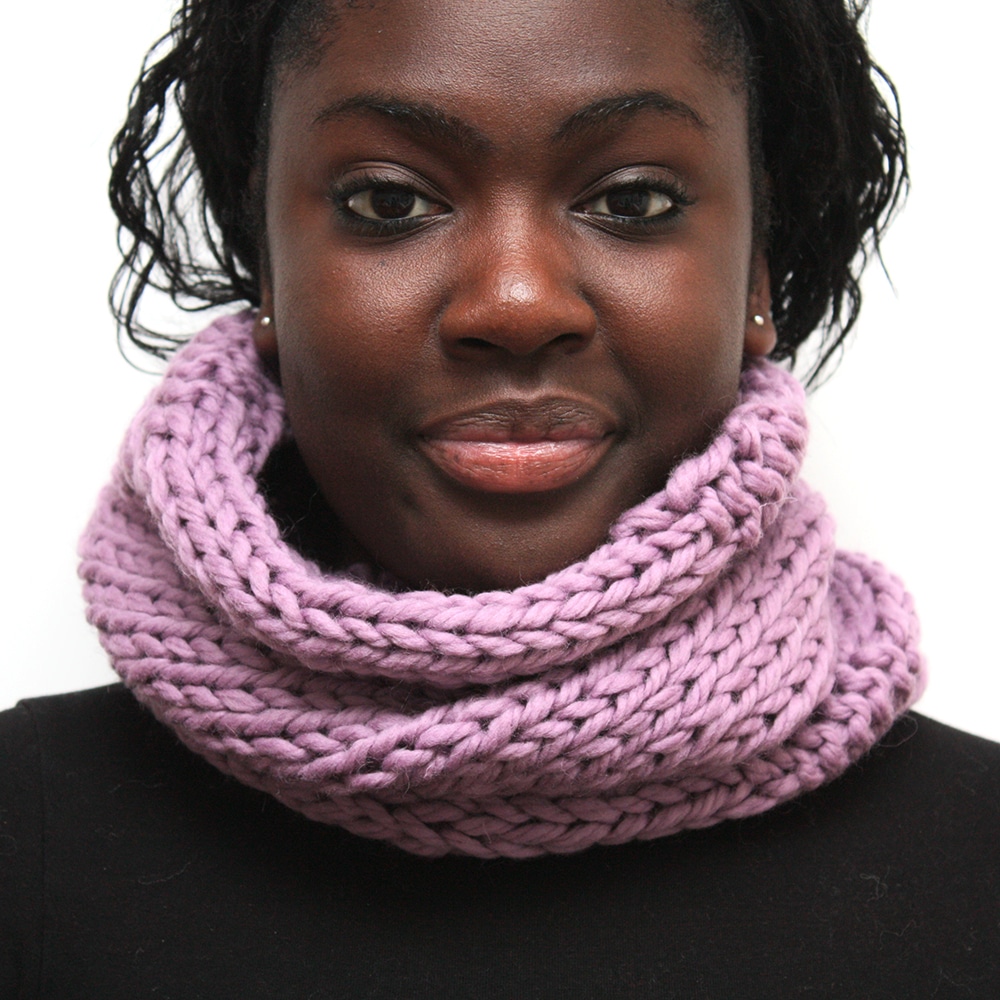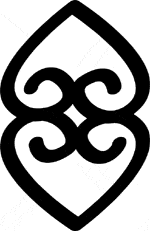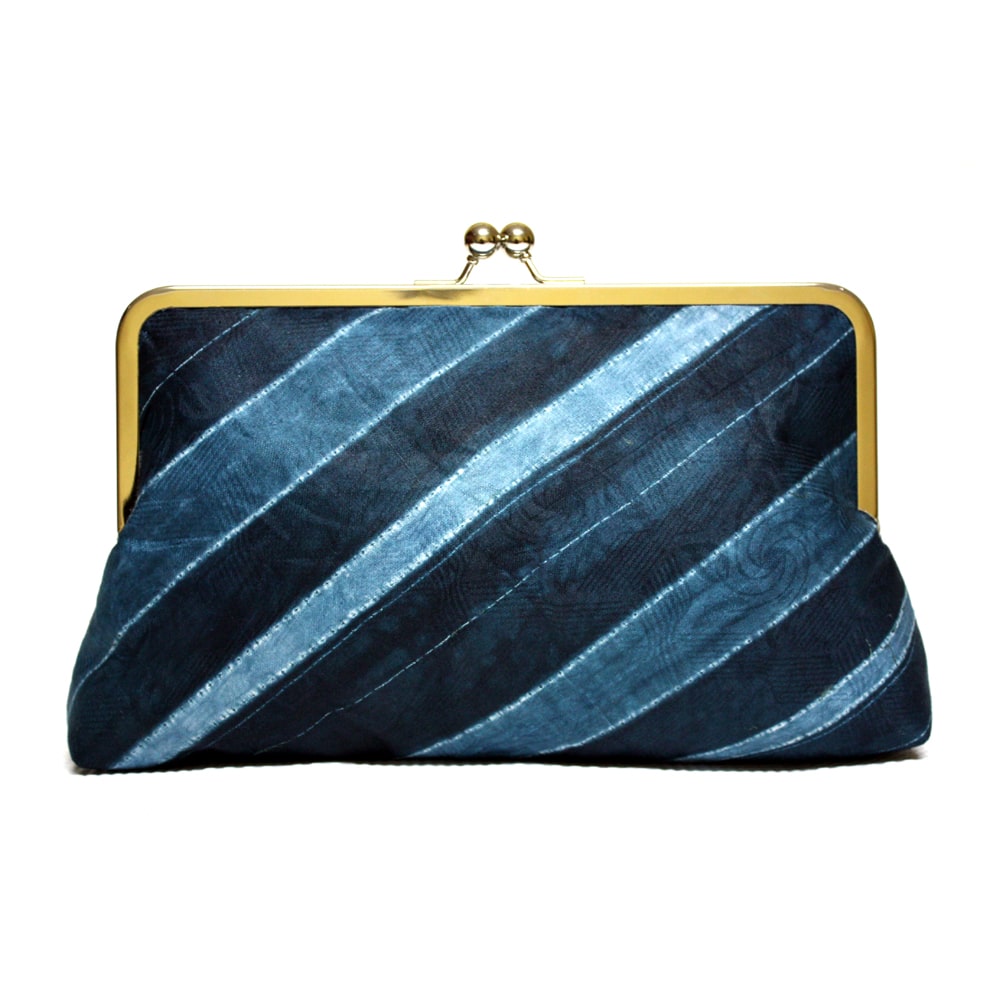No more plastic bags- get a Tommy tote
From today the 5th of October, 2015, you will have to pay 5p for the use of a plastic bag to put your shopping in within the UK. This new law applies to all shops and stores with more than 250 employees. Apparently, over 7 billion plastic bags a year are handed out in stores…
read more

